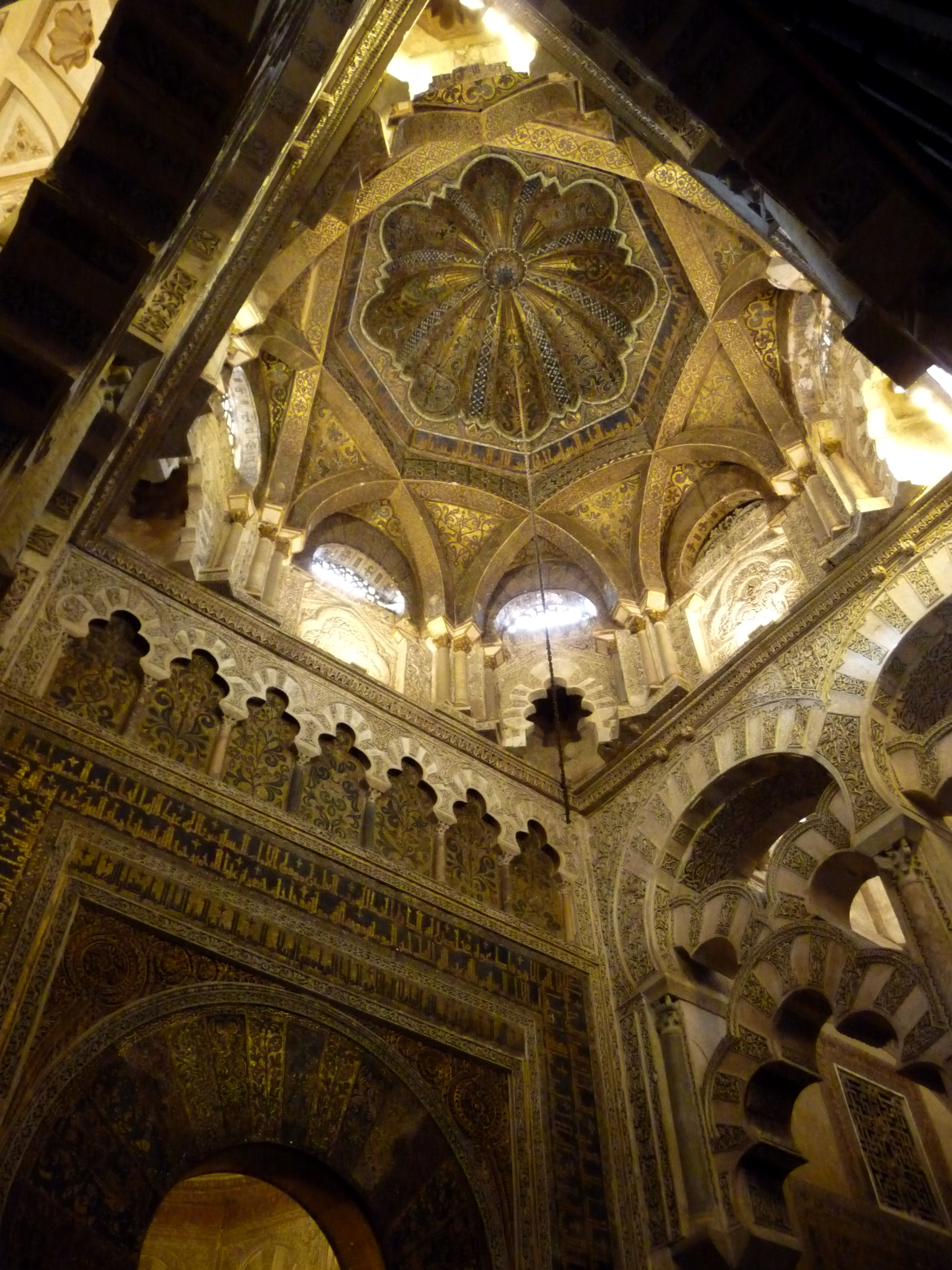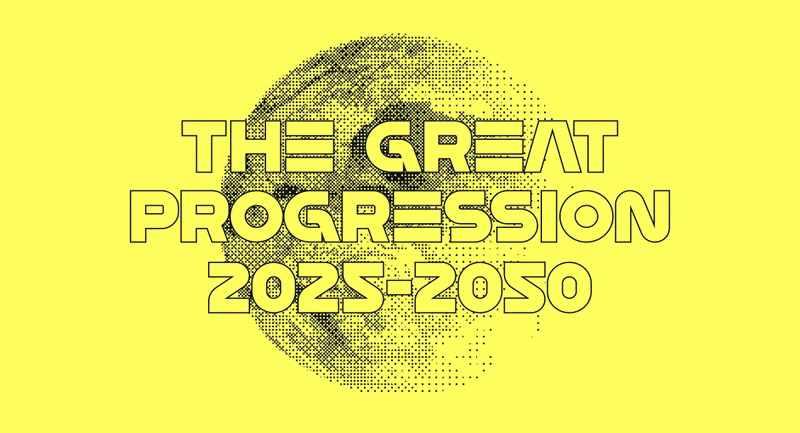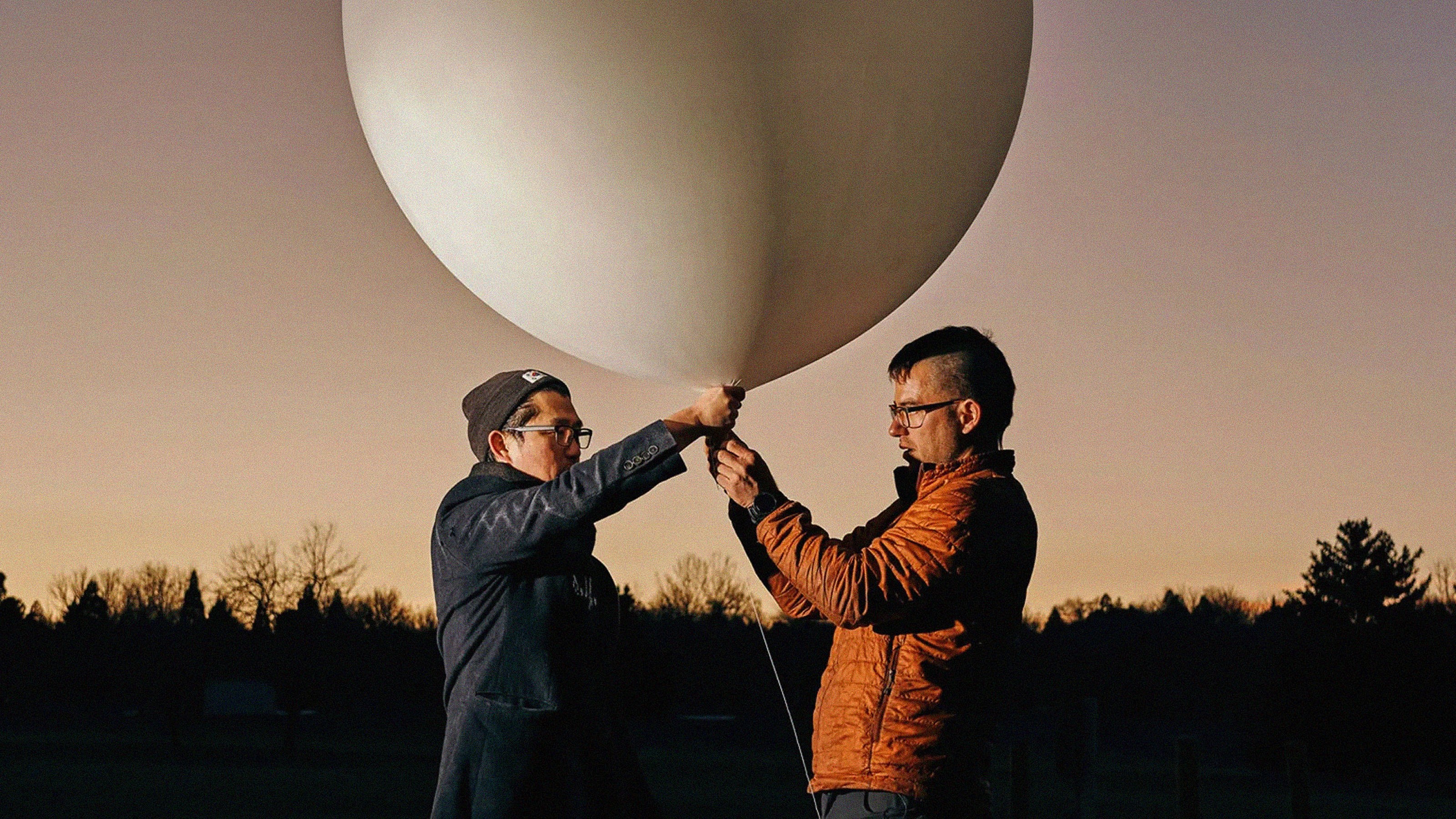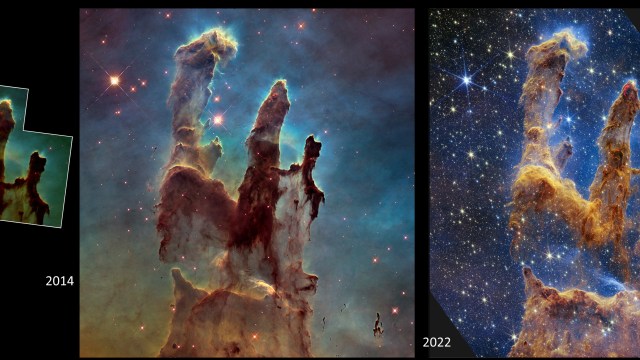Why architects need philosophy to guide the AI design revolution

- Generative AI should act as a wake-up call for the architecture profession and prompt deeper philosophical inquiry.
- Architecture is an intrinsically philosophical enterprise grounded in aesthetics and ethics — and allows us to explore the essence of human existence.
- Tomorrow’s architects will need transdisciplinary tools to understand the AI-neuroscience-philosophy nexus.
Two decades ago Lord Norman Foster, one of Britain’s great architects, said that an architect designs for the present, with an awareness of the past, for an essentially unknown future. These days, architects are venturing deeper into the unknown as AI tools such as Dall-E and Midjourney create blueprints and turn them into photorealistic images within seconds, rather than weeks.
Will these new AI tools put architects out of business? Not necessarily. But they should act as a wake-up call for the profession. Architects need to reevaluate their role within society and embrace interdisciplinary and transdisciplinary approaches in their everyday work. Philosophical inquiry, in particular, can add innovative ideas to architecture and create spaces that resonate with deeper human experiences and values, something that AI tools cannot do well (yet).
Architecture and philosophy
Scratch beneath the surface and you will find that architecture is an intrinsically philosophical enterprise grounded in aesthetics and ethics, including theories of human nature. Philosophy plays a pivotal role in shaping spaces that transcend mere functionality. It prompts architects to consider the ethical and moral implications of their work and think about the impact their designs have on individuals and communities, as well as on the natural environment. The way we think about our homes, and what makes a beautiful building, is deeply philosophical as it also reflects how we view ourselves and humanity at large. By weaving philosophical ideas with the art of design, architecture allows us to explore the essence of human existence, in doing so framing our values, beliefs, and aspirations.
The relationship between architecture and philosophy remains deeply ingrained in both design practice and theoretical discourse. Leading 20th-century philosophers such as Martin Heidegger, Michel Foucault and Jacques Derrida made a big mark on famous buildings constructed in recent decades: from influencing Kenneth Frampton’s texts to inspiring modernist designs by Rem Koolhaas and Peter Eisenman. The profound, often discrete, influence of philosophy on architecture can also be seen in the recent practice of adaptive reuse, the process of transforming vacant buildings into schools, public parks, offices, or apartments. Adaptive reuse raises a number of prickly philosophical questions, not least: does a landmark lose its historical value if it has been radically transformed? Theseus’s Paradox regarding identity over time comes to mind here. If the ship Theseus sailed on was completely repaired with nearly every part replaced, is it still the same ship? This question was at the core of recent debates about historic preservation, with many people now arguing that it is preserving the idea, not the actual material, that matters most.

New AI architecture tools will, in the short term, make good design affordable and accessible. A cursory glance at social media reminds us that architectural design is increasingly being used by non-architects as a visual medium in its own right, something that will feed back into real architecture as people become more skilled in manipulating AI visions. But AI will still fall short when it comes to understanding human nature as well our emotional and dignity needs. Dignity means much more than just the absence of humiliation. It also requires recognition, manifested through nine critical human needs: reason, security, human rights, accountability, transparency, justice, opportunity, innovation, and inclusiveness.
These dignity needs should form the backbone of future building blueprints, as they do for sustainable governance, peace and security, collective civilizational progress and the future of humanity at large. Transcultural architectural projects, of which there are currently too few, should also seek inspiration from non-Western influences, such as the Alhambra in Granada and The Great Mosque of Córdoba (which was converted into a Cathedral in 1236). These Arab-Islamic architectural gems in Spain are a reminder of the significant Arab influences on Western Gothic architecture: from Westminster Abbey and St Paul’s Cathedral to Notre Dame Cathedral, the Duomo in Florence and the Washington National Cathedral, amongst others. Each high point in the history of human civilization took place after building on the achievements of other cultures — a process I call the Ocean Model of Civilisation. Architecture would become stagnant without these cultural exchanges.

Out-of-the-box thinking in architecture is, of course, not new. The late-1960s and 1970s, a time when modernism’s dominance crumbled under the pressure of emerging alternatives, saw architects seek new inspiration in other disciplines, from the arts to the sciences and philosophy. Looking to the future, tomorrow’s architects will need to be equipped with transdisciplinary tools such as Neuro-Techno-Philosophy, a framework I have introduced to understand the AI-neuroscience-philosophy nexus underpinning our society today. Doing so will help ensure that the buildings of the future are in tune with our neurobiological predilections, neurobehavioral needs, aspirations and values for collective peace and prosperity. Needless to say, it is not just our urban landscapes that will benefit from these transdisciplinary transfers of knowledge. Carl Jung, the Swiss psychiatrist and psychoanalyst, embraced architecture as a conceptual tool for understanding the structure of the human psyche.
More than a century after Jung’s dream of a multistory house helped him develop his idea of the collective unconscious, we are seeing innovative transdisciplinary approaches to architecture take root around the world.
More than a century after Jung’s dream of a multistory house helped him develop his idea of the collective unconscious, we are seeing innovative transdisciplinary approaches to architecture take root around the world. This includes “The Line,” a linear smart city under construction as part of Saudi Arabia’s futuristic Neom project which redefines the concept of urban development. The self-styled “cognitive city” gives us a glimpse of what cities of the future could look like: ultra-connected, AI-supported, psychologically reflective, multi-cultural environments that are free from cars, emissions and even roads. Designed to run entirely on renewable energy and with plans to make 95% of the land a natural reserve, The Line’s embrace of Zero Gravity Urbanism, an approach that encourages collective wellbeing, could offer a model for other future cities that want to prioritize nature conservation, livability, and sustainable human progress.
The dawn of a new era defined by AI and other disruptive technologies could lead to positive transdisciplinary transformations in architecture — but only if human psychological well-being and neuro-philosophical reflections are reconciled with visionary tech innovations and environmental sustainability. By weaving these facets together, the next generation of architects has the opportunity to remain on the front foot and create collective, symbiotic, and synergistic transcultural understandings for a more sustainable, peaceful, secure, and prosperous future for all.





